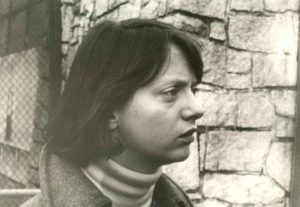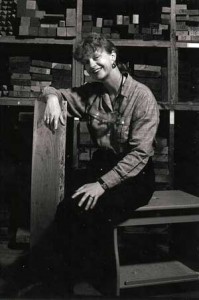Bio
 Born in Toronto, Ontario, Joy Parr was educated at McGill University, Montreal (B.A. Hons,1971), and Yale University (M.Phil., 1973; Ph.D., 1977). She taught at Yale, at the University of British Columbia, and Queen’s University, Kingston, Ontario before joining the department of history at Queen’s (1982–92), becoming professor there in 1988, and then Farley Professor of History at Simon Fraser University, Burnaby, British Columbia.
Born in Toronto, Ontario, Joy Parr was educated at McGill University, Montreal (B.A. Hons,1971), and Yale University (M.Phil., 1973; Ph.D., 1977). She taught at Yale, at the University of British Columbia, and Queen’s University, Kingston, Ontario before joining the department of history at Queen’s (1982–92), becoming professor there in 1988, and then Farley Professor of History at Simon Fraser University, Burnaby, British Columbia.
Indicative of the fresh approaches to Canadian historical scholarship in the late twentieth century are the subjects Parr has drawn attention to: the ways in which children, women, gender, and consumerism figure in the past. Labouring children: British immigrant apprentices to Canada, 1869–1924 (1980, rev. edn 1993) was the first thoroughly documented examination of the emigration of children from industrial Britain to Canada. Unlike popular historians of this emotional subject who had recounted the story in journalistic manner, Parr’s informative and dispassionate analysis revealed the critical stages in which immigration had occurred and the means taken to govern it. With children rather than politicians as her focus, Parr concluded that, while there had been injustices, sometimes so severe as to bring premature death, the movement of young people had transpired with increasing attention to their needs. The book was decentering: children, rather than economics or politics, became the criterion on which historical judgement was based. Parr also edited Childhood and family in Canadian history (1982).
A decade later, Parr published The gender of breadwinners: women, men and industrial change in two Ontario towns, 1880–1950 (1990). Mastering industrial processes in textiles and furniture-making, social structures, and economic change in the United Kingdom and Canada, she was able to show for the first time the gendered consequences of technological transfer and immigration as they were experienced in Paris and Hanover, Ontario. New directions were also indicated in her A diversity of women: Ontario, 1945–1980 (1995).
Terry Crowley


